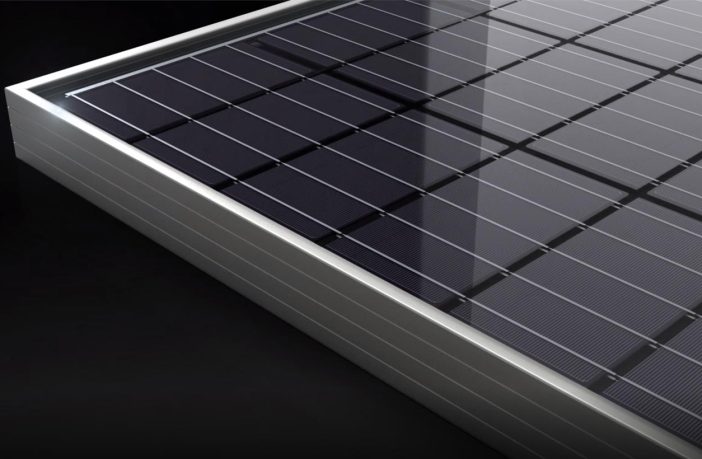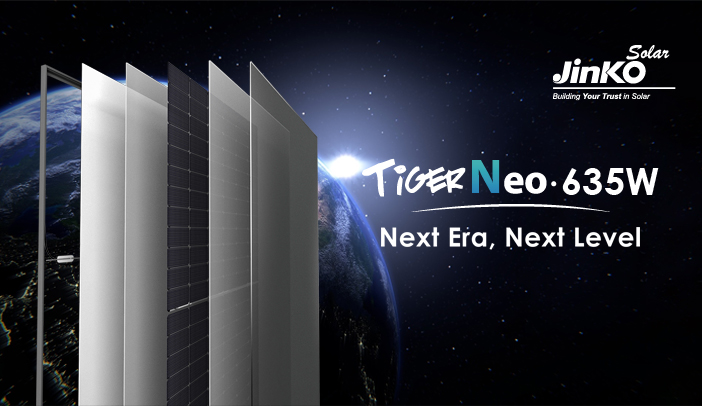- JinkoSolar says that its yield rate of TOPCon has reached the same level as PERC.
While other manufacturers are struggling with module size which becomes unergonomic bigger, JinkoSolar is excellent at manufacturing the leading-edge N-type TOPCon processes ahead of others. It’s likely that the company’s production costs on the TOPCon process will be lower than its peers, which attributes to the high yield rate and capacity utilization rate. It is rumored the capacity of TOPCon products is fully utilized.
That’s why when being asked whether the company will attempt to lower the Tiger Neo price to stimulate more interest from the project owners, “at least not necessarily now since the demand for Tiger Neo is increasingly strong and the field-proven yield gain of earlier adopters justify the price premium over PERC,” said Dany Qian, VP of JinkoSolar, “the current priority for us is to ramp up capacity as fast as we can, rather than lower the price to attract more customers on this technology. The efficiency and performance improvement are there on the table, customers are well aware of TOPCon’s benefits and seek for earlier supply.”
Related news: JinkoSolar to built the worlds biggest vertically integrated 56GW capacity TOPCon production complex
Compare to PERC, N-type TOPCon is a more complicated and carefully controlled process. The process repeatability, the uniformity of high throughout equipment, and any tiny deviation in between those production tools will result in large inconsistencies and defects. “The challenge for a new and advanced technology is not only the technology itself but how to transmit it to mass production lines with high yield rate and at low cost,” said Dany.
It is rumored JinkoSolar’s yield rate of TOPCon has been about 98-99% which equals to its PERC process, higher than the current industry’s average level of 94-95%. To depreciate fabs equipped with such production tools, the company has to charge more for production on its TOPCon process and successors, but even though, the enhanced performance, productivity per watt, and long-term yield gain are sufficient enough to support its price now.
Regarding to general module price outlook and H2 2023 demand, Dany said, “Don’t worry much about the demand of this year, the recent price down will on the contrary stimulate more demand, particularly N-type. It means more profits for project developers and investors who are accelerating the project deployment, creating the advanced design, and using leading-edge nodes. In addition to Q3&Q4 traditional peak season and the consumption of huge amounts of polysilicon which has been stocked up by middlemen and speculators, the module price will rebound back in H2 2023.”
Link to the list of JinkoSolar appointed distributors in Africa HERE
Author: Bryan Groenendaal
















